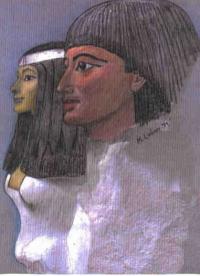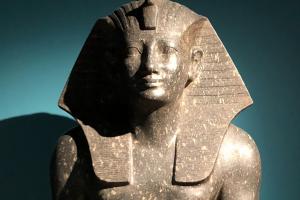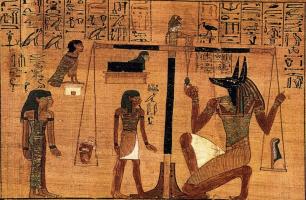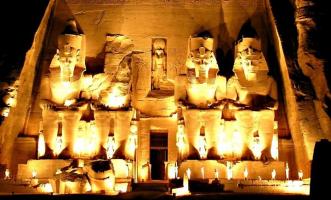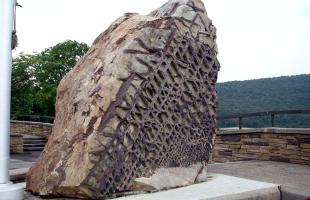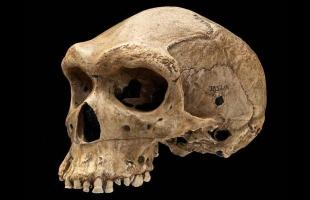The borders of Egypt under THUTMOSE I: from the Kush to the Euphrates
From the story of Ahmosi-pen-Nekh-bet the deeds of the warrior Pharaoh, architect of the territorial expansion of Egypt
At the time of the Hyksos, during the 17th Dynasty of Thebes, an alliance between the Kush and the Punt attempted to invade Egypt from the south, reaching almost as far as the Capital, but was victoriously driven back south between the third and second cataracts. Although the Egyptians built several fortresses to garrison this area, the Kush continued even later in its attempts to free itself from the Egyptian presence, and it was not until the military campaigns of Pharaoh Akheperkara (Thutmose I) that this territory was totally subdued.
In the north, after driving the Hyksos out of Avaris, Ahmosis, founder of the Eighteenth Dynasty, had continued his victorious campaign in Retenu as well, later imitated by his son Amenophis I. In fact, the Hyksos were people divided into several clans, who came from the north and had established several city states in the Middle East. Finds dating back to their culture have also been found in Persia and the Crimea. The Hyksos of Egypt, therefore, were only a part of this group.
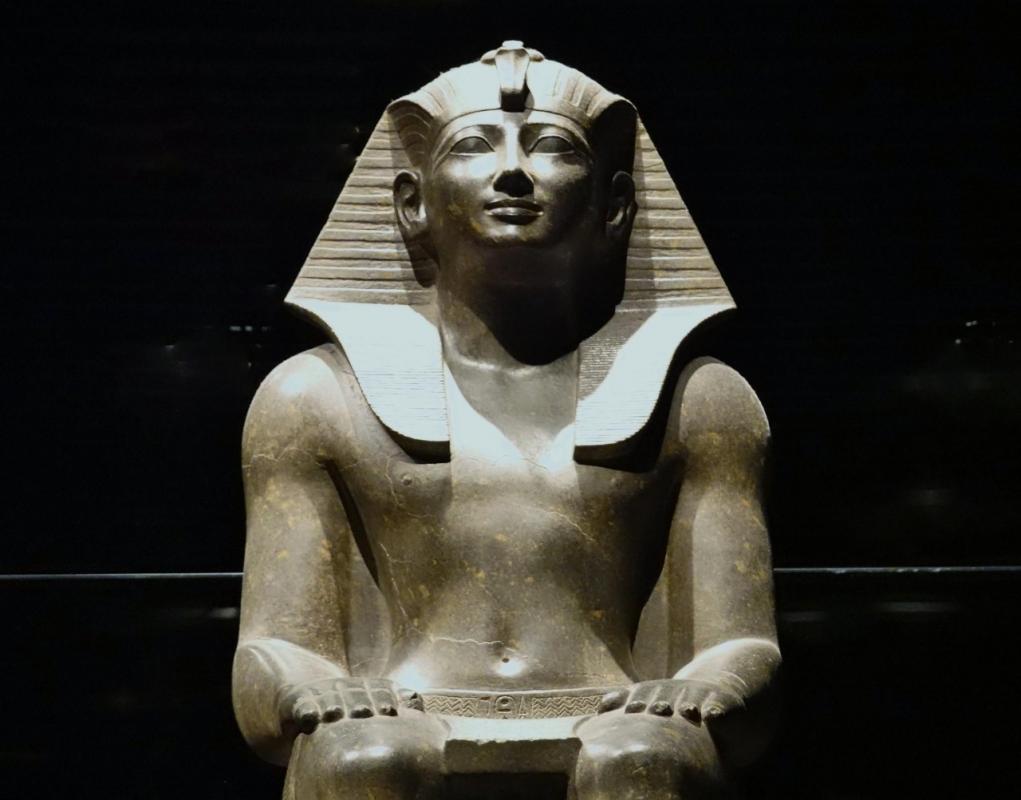
Thutmose I, heir (by marriage) to Amenophis I, after pacifying the Kush, decided to give them the final blow, partly to secure the trade routes that, from Biblo, led to the East and to strengthen the independence of this city that the Hyksos threatened and from which cedar from Lebanon was imported. Arriving with his army at Biblo probably by sea, he victoriously sailed up Syria, crossed the Orontes at the height of the very ancient city of Ugarit, going so far as to clash with the fierce Mitanni, and winning the battle of Naharina, on the Euphrates, just south of Karkemish, where he had a memorial stele affixed, thus establishing Egypt's northern boundary.
From the fragmentary account of this campaign, which has arrived to us through a writing by one of his soldiers, a certain Ahmosi-pen-Nekh-bet, ww know that among other things he obtained 21 hands. We learn that on this occasion, the Egyptians cut off the left hand of the defeated so that they could keep track of them!
Another interesting tidbit is that, at the Orontes, Pharaoh came across some elephants, animals he did not know (which makes one wonder about the fauna of the time), which he captured and later donated to the Temple of Amun at Thebes. This is also commemorated in the temple that his daughter Hatshepsut later erected in her honor at Deir-el-Bahari. Friendly relations were later established with the Mitanni to jointly deal with the growing Hatti threat, largely due to the diplomatic skill of Amenophis III. In fact, both his royal bride Teje and Nefertiti and his Master of the Horse, Eye, apparently came from the Mithanni country.
In conclusion, this warrior Pharaoh, about whom not much is said, was instead the real architect of Egypt's territorial expansion, which led to the country's great prosperity throughout the 18th Dynasty.












